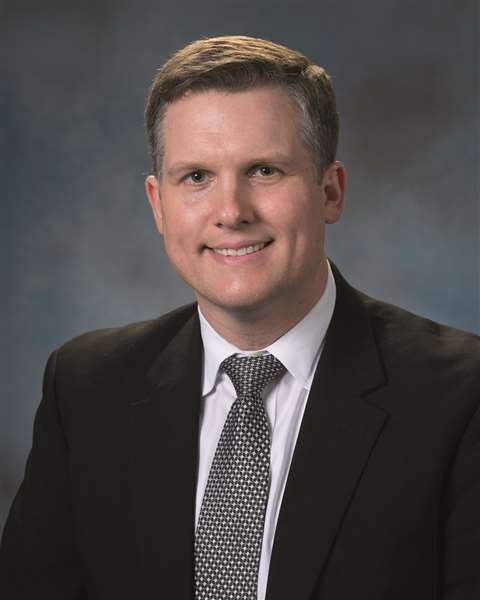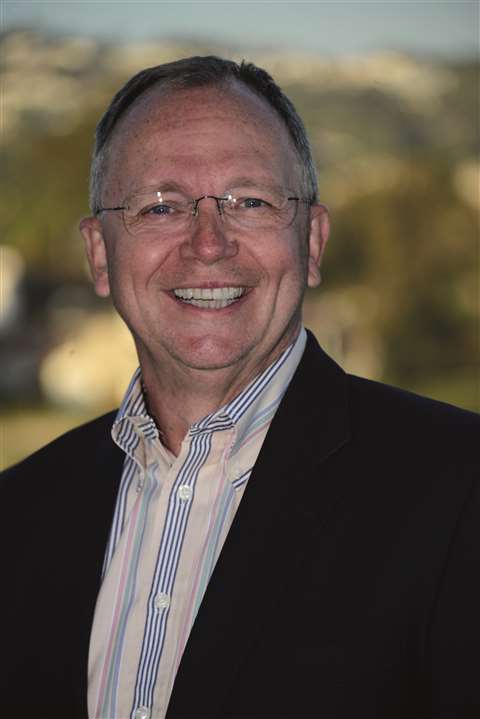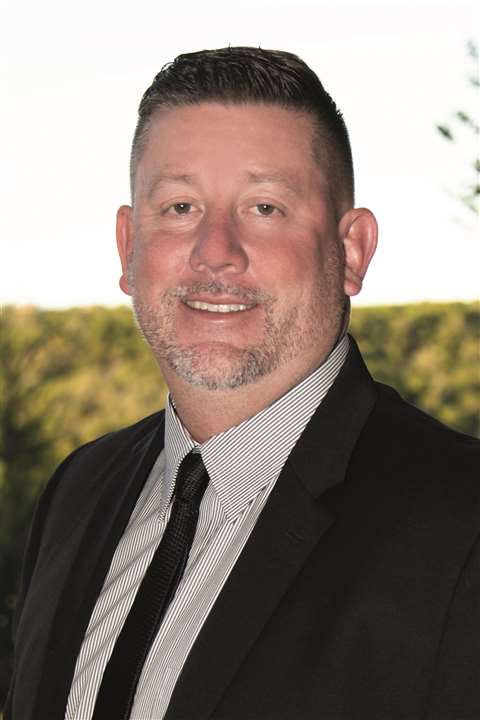Why the SC&RA has a new approach to permit harmonisation
16 March 2022
The Association is cultivating new approach to permit harmonisation in 2022. Mike Chalmers reports.
As a result of varying oversize and overweight (OS/OW) requirements and weight allowances across the USA, the American Association of State Highway and Transportation Officials (AASHTO) and SC&RA came together in 2013 and 2014 to find permit restrictions to address with states to meet a national or regional standard to improve interstate commerce.
 “It’s not just about telling folks they’ve got to automate. Instead, we have to tailor strategies determined by their needs,” Chris smith, SC&RA vice president, transportation
“It’s not just about telling folks they’ve got to automate. Instead, we have to tailor strategies determined by their needs,” Chris smith, SC&RA vice president, transportation
AASHTO ultimately adopted a phased series of baseline recommendations – Phase I in 2013, and Phase II in 2014. In doing so, AASHTO and SC&RA mutually identified certain truck permit procedures and requirements that can be harmonised among states without compromising safety or infrastructure preservation.
In 2018 SC&RA announced Uniform Permit Transport 2021 (UPT2021) – an initiative with a goal of 24-7 automated permitting in all 50 states and continuing to advocate for the national and regional permit harmonisation goals established through AASHTO’s Phase I and II initiatives.
Automatically issued
To set a minimum goal for a state to auto issue permits up to SC&RA standards, UPT2021 established 11 envelope vehicle configurations that make up the majority of typical oversize and overweight loads and assessed whether or not they could purchase a permit for those loads online and 24-7. Presently, 36 states auto-issue permits, in some cases greater than 16 feet (4.88 metres) wide and high and 250,000 pounds (113 tonnes) gross. In places like Illinois, more than 95 per cent of all permits are now auto issue.
USDOT has also greatly assisted UPT2021 efforts by publishing two key studies underscoring the public benefits of 24-7 permit automation, including in times of natural disasters and emergencies requiring expedited movements of loads.
While UPT2021 pertains only to those permitted loads defined by the Federal Government as “non-divisible” – those that cannot be dismantled in less than eight hours, or if dismantled, would compromise the intended use of the vehicle or destroy the value of the load – SC&RA continues to work with its government and industry partners to highlight the needs of divisible loads in times of national crisis.
As the industry moves forward into 2022, it will again pursue a Phase III of the AASHTO recommendations. Topics being considered, include: night movements; route surveys; standardisation of application information; multi-state corridor communication; communication between states and industry; and electronic verification of permits.
Tailored strategies
“A year ago, I came in and realised that we have fourteen states left to go on UPT2021,” said Chris Smith, SC&RA vice president, transportation. “Those are what we call the ‘reds’ – and then we have some ‘yellows’ as well. The goal this year is figuring out what we have to do to get them all to green.”
 Chris Smith, SC&RA vice president, transportation
Chris Smith, SC&RA vice president, transportation
To realise his goal, Smith started making phone calls, both to SC&RA members and states. “I realised the red states vary widely,” he explained. “It’s not just about telling folks they’ve got to automate. Instead, we have to reach out to them individually to try and tailor particular strategies determined by what their needs, concerns and observations are.”
The state-by-state approach being the first part of his plan, Smith also indicated the second part involves building those business and policy cases for automation for people not necessarily in the permit office and, in turn, empowering the permit offices to advocate within their own organisations, even empowering SC&RA members to advocate for their businesses.
“When permit offices get to a point themselves that they can make no changes, either with their own structures, or whether it’s a policy, political or financial constraint – how do we then elevate the communication?” he noted. “Who else do we need to talk to, advocate to, to get automation over the line in these places?”
Smith added, “What are the things that appeal to the decision makers – who otherwise have little or no knowledge of our industry and our industry’s needs? Everything we are working on revolves around that.”
Detailed conversations
One major tool Smith is bringing to the table is data. “We’ve got the Foundation [SC&RF] study – which looks at the economic impact of the industry holistically,” he pointed out, “but communicates in a way that an executive can understand – who otherwise doesn’t know us. We’re also looking at data that points to where we are with harmonisation with each state – so when we’re ready to ask for phase three of harmonisation, we can at the same time check in and see how that state is doing on phases one and two.
 Geoff Davis is at Unified Logistics is also SC&RF president
Geoff Davis is at Unified Logistics is also SC&RF president
“Additionally, we can report to their secretaries and chief engineers as to where they are on one and two. It starts that conversation – we can go back and have a detail-driven conversation with each individual state to solve the problems for that state.”
Geoff Davis, at Unified Logistics, and current president of SC&RF, is behind much of the data going into Smith’s strategy.
“Years ago, the Foundation did a study on the overall value of our industry when it came to how many dollars touched cranes, heavy haul trucks, etc,” Davis said, “and that study is being updated, funded by the Foundation, so SC&RA can get a new view to be used with state and federal regulators – articulating questions like: ‘what’s our financial impact, what’s our workforce impact, what’s our GDP impact?’ across the different industries that we serve.”
Davis emphasised that this data is different from what regulators would receive from general contractors or academics. “They mostly talk about numbers that don’t touch actual heavy haul – they don’t really speak to what we do. So we’re doing it ourselves. This new research will not only serve the Foundation on its mission of helping SC&RA member companies, but it will provide SC&RA with the revamped study and the specific data that will edge the context for regulators.”
According to Davis, regulators often want to know, “…how many jobs, how much GDP will this initiative contribute to? This allows us to put a fine point on it. And once you can have a relevant discussion about the cost of bad permits or non-harmonisation, or the way a certain state does business – in dollars – or that companies are avoiding a state because it’s too difficult to do business there, then you can start to change the thinking. That’s the heart of this thing.”
 Keith Settle, at Oxbo Mega Transport Solutions, is also SC&RA Transportation Group chairman
Keith Settle, at Oxbo Mega Transport Solutions, is also SC&RA Transportation Group chairman
Keith Settle, at Oxbo Mega Transport Solutions, and SC&RA Transportation Group chairman, agreed with Davis. “I think if we give states the data, then we give them the reason to say yes, and the only other reason to say no would be financial. So, we’re working with the states to try to provide solutions to that financial side – basically trying to make it so there are no excuses to not do it.”
Settle also pointed to an additional advantage to harmonisation. “In a roundabout way, I think the pandemic is actually going to help solidify the need for what we’re trying to accomplish here, because the states that were already harmonised and digital operated just fine through the pandemic, and the ones that weren’t, struggled,” he spotlighted. “It became evident as to where the states where the freight was tied up within, the manual way of doing it is past its time. I believe, moving forward, that will be a major point to push within this effort as well.”
At the end of the day, added Settle, it’s about having the right ammunition and the ability to communicate it. “It’s the only way to have these conversations,” he said. “Data can justify the changes. Because states won’t change unless you give them a reason.”
STAY CONNECTED



Receive the information you need when you need it through our world-leading magazines, newsletters and daily briefings.
CONNECT WITH THE TEAM








